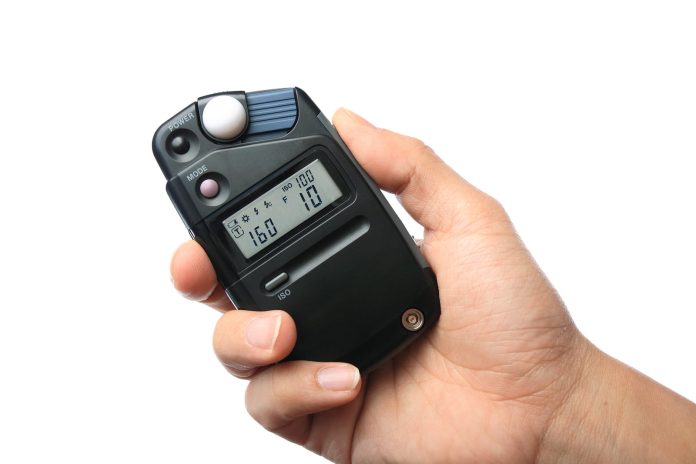Is it important to carry a lightmeter in modern installations when many cameras switch over into IR on night mode?
A: A lightmeter allows installation teams to establish the level of light cameras have to work with and, with experience, techs will get an instinct for what camera performance vectors at a particular light level are going to be.
A lightmeter’s cell will have a range from 2 lux to 80,000 lux but its accuracy will be wayward unless careful calibration is regularly carried out. A poorly calibrated lightmeter can be out by 15-20 per cent in either direction, while regular calibration may allow accuracy of 5 per cent either way.
Using a lightmeter can be frustrating, especially in very low light where under 2-3 lux you get an error reading despite your own eyes and a high quality camera sensor being able to more or less view the scene. For this reason, value lightmeters with greater sensivity at the low end.
More expensive, more sensitive lightmeters will give accurate measurements for low light performance when working with internal emergency lighting, exterior lighting, or ambient street lighting. But there is a limit to sensitivity and it’s much higher than some of 0.002 (starlight) or 0.0005 (bottom of wombat hole) numbers we see.
When making light measurements you need to be a little scientific. You can’t just hold up a meter directly under the camera or directly under the light source and expect this reading will be the scene’s average illuminance across the entire scene.
To find the average illuminance, you need to divide the room up into squares. The idea is to take a measurement of each square, add the measurements together and divide by the number of squares to obtain a mean measurement. Even the median of 5-6 readings is better than taking only one reading.
Something a lightmeter will allow you to establish is the impact of stray ambient light and the impact of reflectance on a scene. Light colours that reflect light towards a subject can be the difference in court admissibility or blur.
Lightmeters will also tell you when a particular camera starts to be overcome by backlight. You will need to establish this on a per-camera basis, as cameras are almost organic in their ability to handle backlight. Sometimes an inexpensive turret will be WDR demon, while a high end bullet renders backlit faces in deep shadow.
Using a lightmeter is not complicated and the more you use one, the more accurately you will be able to judge ambient conditions yourself. A lightmeter also will highlight some of the curious claims of unassisted low light performance beloved by specification sheets.
#securityelectronicsandnetworks.com








